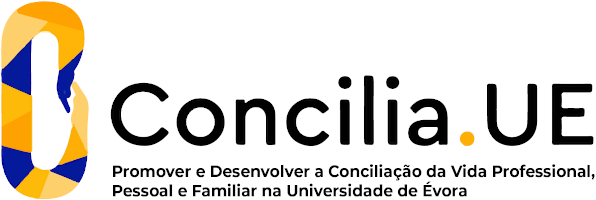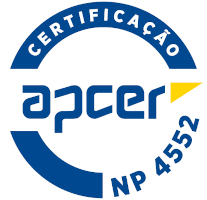2025
Environmental Control
Name: Environmental Control
Code: ERU10438M
6 ECTS
Duration: 15 weeks/156 hours
Scientific Area:
Rural Engineering
Teaching languages: Portuguese
Languages of tutoring support: Portuguese, English, Spanish
Regime de Frequência: Presencial
Presentation
Through this master's course the student will acquire skills to solve problems and actuate in the climatisation of farm buildings
Sustainable Development Goals
Learning Goals
The main goals are to prepare the students with the necessary competences in order to analyse and select environmental control systems of the buildings used in the agro-food sector, such as in the production sector (greenhouses or animal buildings) or in the conservation and transformation sector (storing facilities, cold chambers and drying facilities).
Contents
1. Introduction. Importance of the environmental control in rural buildings
2. Energy and mass balances. General and simplified equations; Project conditions; Heat transfer processes.
3. Psychometrics. State equations; Temperature and air humidity; psychometric map; Environmental control processes.
4. Thermal insulation. Heat transfer through construction materials; Thermal resistance and global heat transfer coefficient.
5. Condensation. Surface condensation and control methods.
7. Ventilation. Objectives; methods to calculate ventilation rates; Natural and forced ventilation.
8. Acclimatization. Heating systems. Cooling systems; Resolution of problems to determine heating/cooling needs for greenhouses, cold facilities and animal buildings.
2. Energy and mass balances. General and simplified equations; Project conditions; Heat transfer processes.
3. Psychometrics. State equations; Temperature and air humidity; psychometric map; Environmental control processes.
4. Thermal insulation. Heat transfer through construction materials; Thermal resistance and global heat transfer coefficient.
5. Condensation. Surface condensation and control methods.
7. Ventilation. Objectives; methods to calculate ventilation rates; Natural and forced ventilation.
8. Acclimatization. Heating systems. Cooling systems; Resolution of problems to determine heating/cooling needs for greenhouses, cold facilities and animal buildings.
Teaching Methods
Theory-practical classes. Theoretical classes followed by the resolution of application exercises.
Written examination and practical exercises.
Written examination and practical exercises.
Teaching Staff
- Fátima de Jesus Folgôa Baptista [responsible]





















